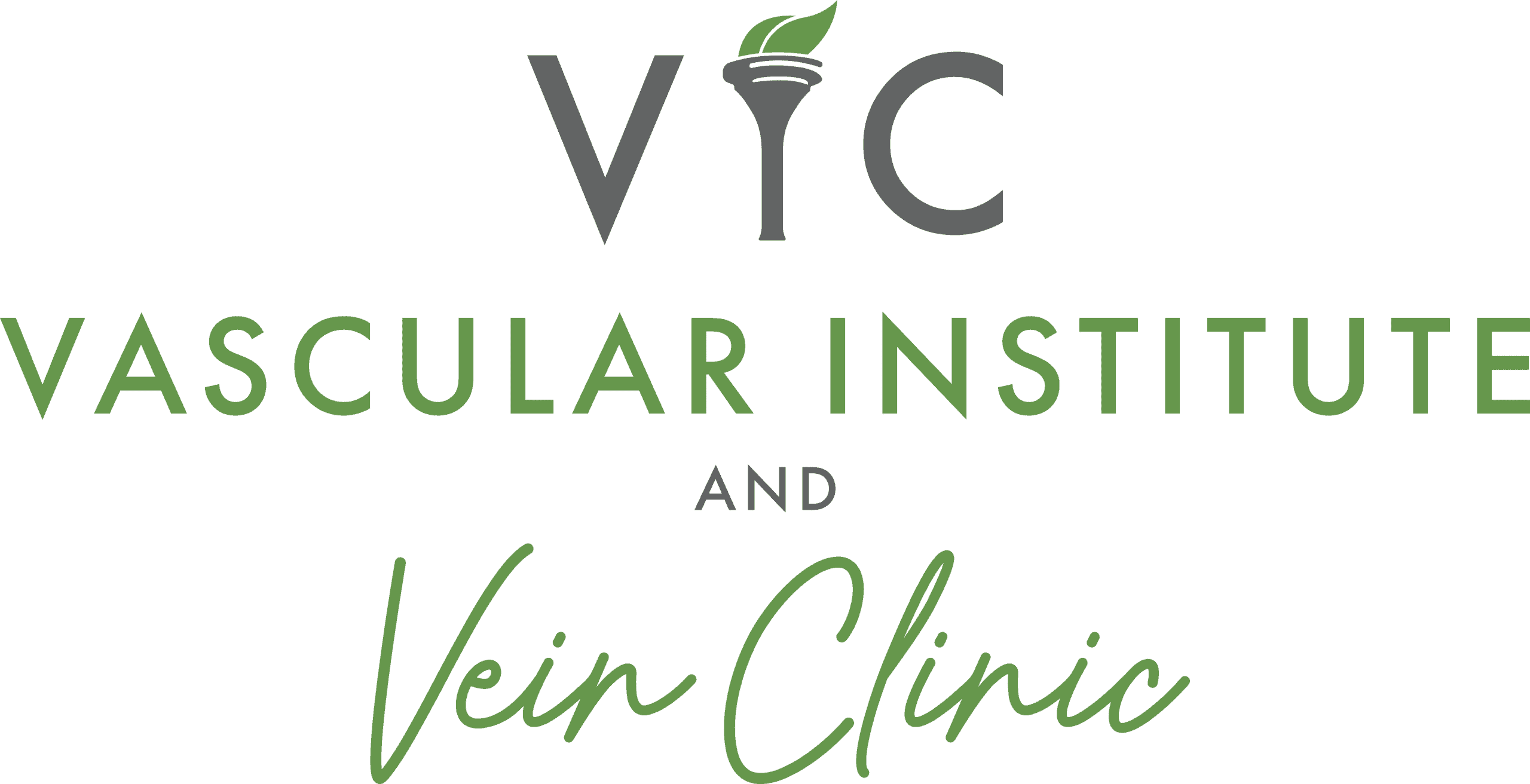|
|
Venous ThromboEmbolism (VTE) is a medical condition that occurs when blood clots form in the veins of the leg, pelvis, or arms and travel to the lungs, potentially causing a pulmonary embolism (PE). VTE is a serious medical condition that can be fatal, but prompt diagnosis and treatment can reduce the risk of complications. In this blog post, we will discuss the main causes of VTE, lifestyle changes that can minimize the risk, who is at risk, treatment options and the survivability of the diagnosis.
What is Venous ThromboEmbolism?
Venous ThromboEmbolism is a medical condition that occurs as a result of a blood clot forming the legs, pelvis, or arms and then traveling to the lungs. Clots can form in the deep veins of the body when blood flow is slow, blood vessels are damaged, or when certain substances in the blood promote clotting. VTE can be a life-threatening condition if a blood clot travels to the lungs, causing a pulmonary embolism, which can be disabling, lead to heart failure or even death.
What are the main causes of VTE?
Venous ThromboEmbolism can be caused by a combination of factors contributes to VTE including immobility, surgery or hospitalization, cancer, and blood disorders. Certain medications such as birth control pills or hormone replacement therapy, can increase the risk of VTE. Pregnant women are also at risk for VTE due to changes in hormones and increased pressure on the veins.
Are there any lifestyle changes that can minimize the risk of VTE?
Maintaining a healthy diet and exercising regularly can decrease the risk of developing blood clots. If you have a genetic risk factor for VTE, regular exercise and maintaining a healthy weight can help to reduce the risk of developing a clot. Additionally, avoid prolonged periods of sitting or standing, move around at least once every hour, and wear graduated compression stockings when you fly or sit in a car for long periods.
Who is at risk of developing VTE?
Those who have a personal or family history of blood clots, or who have a genetic predisposition for hypercoagulability or clotting disorders, have an increased risk of VTE. Certain medical conditions, such as heart disease or cancer, can also increase the risk, as can specific medications, such as oral contraceptives or hormone replacement therapy.
What are the treatment options?
The treatment of VTE depends on the severity of the blood clot and the risk of complications. Anticoagulant medication, such as warfarin, heparin, or direct oral anticoagulants, can be prescribed to prevent further clotting. Thrombolytic therapy, which involves the administration of medication to break up the blood clot, may be used in severe cases of VTE. In rare cases, surgery may be necessary to remove the clot.
Is VTE a survivable diagnosis?
With timely diagnosis and appropriate treatment, VTE can be managed and the risk of complications, including pulmonary embolism, can be minimized. However, complications can still occur, so it is important to seek medical attention immediately if you experience swelling, pain, or redness in the legs, shortness of breath or chest pain. Recovery from VTE can also be aided by regular exercise, a healthy diet, and smoking cessation.
Venous ThromboEmbolism is a serious and potentially life-threatening condition that can occur in anyone. Maintaining a healthy lifestyle routine and seeking prompt medical attention for any unusual symptoms can help prevent and manage its complications. If you or someone you know experiences symptoms of VTE, such as swelling, pain or redness in the legs or shortness of breath or chest pain, seek medical attention immediately. Remember, early detection and treatment could save a life.






